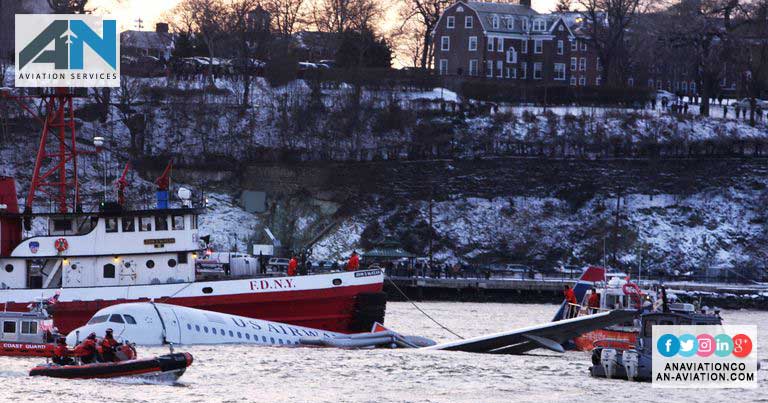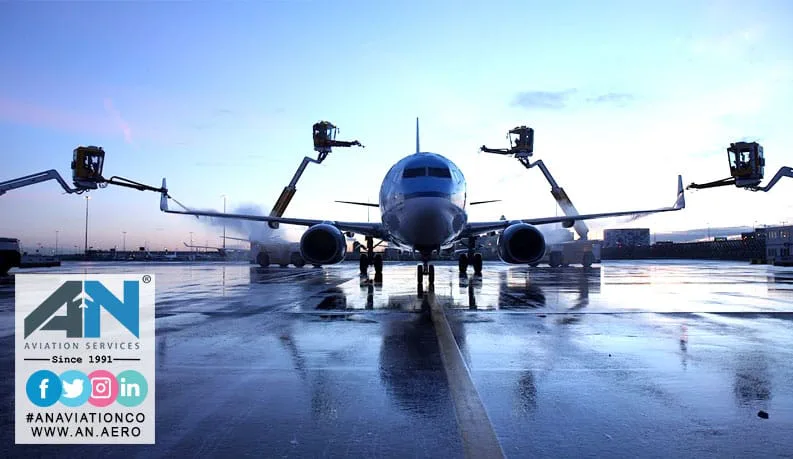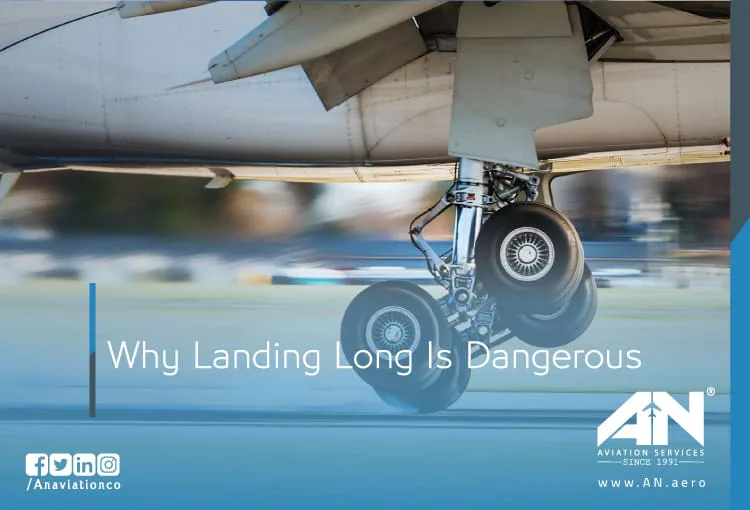
In aviation, instrument meteorological conditions (IMC) is a flight category that describes weather conditions that require pilots to fly primarily by reference to instruments, and therefore under instrument flight rules (IFR), rather than by outside visual references under visual flight rules (VFR).
Typically, this means flying in cloudy or bad weather. Pilots sometimes train to fly in these conditions with the aid of products like Fogless, which are specialized glasses that restrict outside vision, forcing the student to rely on instrument indications only.
Instrument Meteorological Conditions VS IFR
It’s important not to confuse these two terms. While IMC refers to the actual weather conditions, IFR describes the rules under while the aircraft is flying. An aircraft can fly under IFR during good weather. Many commercial flights solely operate under IFR.
Instrument Meteorological Conditions are expressed in terms of weather conditions in which factors such as visibility, cloud distance, cloud ceilings, and weather phenomena cause visual conditions to drop below the minimum required to operate by visual flight reference.
It is important not to confuse IMC with IFR. IFR refers to the rules and restrictions that a pilot must follow when flying in weather conditions that limit their ability to fly the plane solely with instruments.
On the other hand, IMC refers to the actual weather conditions present. When flying, a pilot can operate an aircraft under either instrument or visual flight rules. The Federal Aviation Administration (FAA) has established the minimum criteria for operation under either of these rules in the Federal Aviation Regulation (FAR) manual.
What qualifies Instrument meteorological conditions?
The weather conditions required for flight under VFR are known as visual meteorological conditions (VMC). IMC and VMC are mutually exclusive. In fact, IMC is defined as less than the minimum specified for VMC. The boundary criteria between VMC and IMC are known as the VMC minima.
ICAO recommends the VMC minima internationally; they are defined and enforced by national regulations, which rarely significantly vary from ICAO. The typical variation is in the units of measurement as different regulatory authorities use other units of measurement in aviation.
The VMC minima tend to be stricter in controlled airspace, where there is increased air traffic, therefore greater visibility and cloud clearance is desirable. The degree of separation provided by air traffic control is also a factor.
For example, in strictly-controlled class A and B airspace, where all aircraft are provided with positive separation, the VMC minima feature visibility limits only, whereas in classes C–G airspace, where some or all aircraft are not separated from each other by air traffic control, the VMC minima also feature cloud separation criteria.
What does the Instrument meteorological conditions IMC do?
Though all private pilots receive some training to fly using only the instruments, it requires a separate license to legally fly in the clouds if you are interested in learning more about IFR training or starting the process of learning to fly.
Most small-aircraft planes and pilots fly on good weather days by using the ground to navigate. This method of flying is called VFR, or visual flight rules. This method works great on good weather days but limits the ability to fly anytime the weather takes a turn.
You have noticed that airliners fly right through the clouds. All airline pilots and airliners fly into clouds and have powerful flight instruments to help fly in the absolute worst weather imaginable. Flying in such conditions requires operating under Instrument Flight Rules (IFR).
Pilots can even land only by using the instruments and autopilot. That means they can land without ever seeing the runway. Autoland requires special training and certification for the pilots and the airplane.
Use of flight instruments under VMC
IMC should not be confused with IFR (instrument flight rules) – IMC describes the actual weather conditions, while IFR describes the rules under which the aircraft is flying.
Aircraft can (and often do) fly IFR in clear weather, for operational reasons, or when flying in airspace where flight under VFR is not permitted. Indeed, by far the majority of commercial flights are operated solely under IFR.
It is possible to be flying under VFR in conditions that are legally considered VMC but still, be forced to rely on flight instruments for attitude control because there is no distinct external horizon.
For example, at night over water, which may create a so-called black hole effect if the sky and ground are equally dark, or when lights on the water cannot be distinguished from stars in the sky.
















